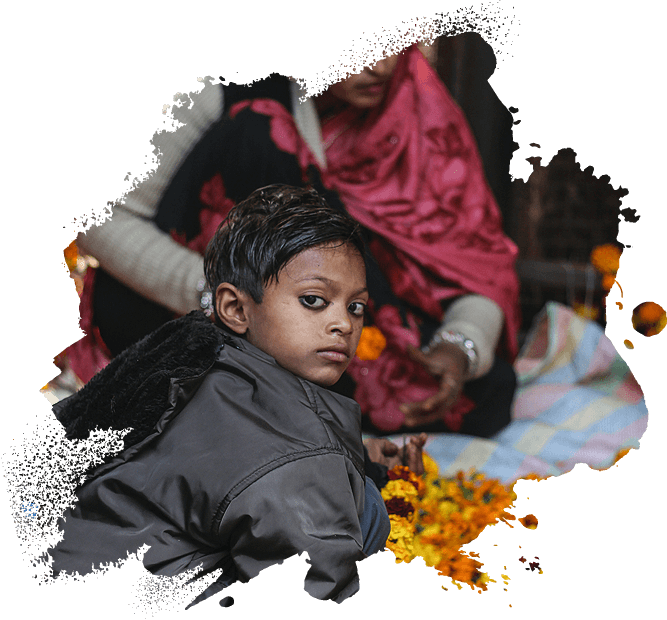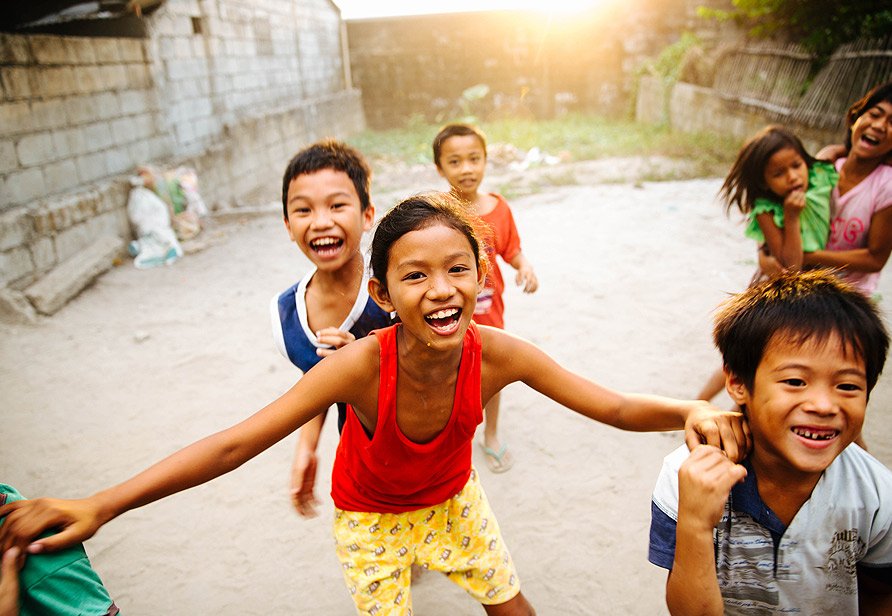அவினாசி
Welcome

மருதுகளின் கடவுள் என்று தொல்காப்பியத்தால் குறிப்பிடப்படும் ‘வேந்தன்’ இந்திரன் என்ற கருத்தின் தொடர்ச்சியே இதற்கு சான்றாகும். தமிழ் இலக்கண நூல்கள், நிகண்டுகள் மற்றும் பல்லு போன்ற சித்ரிகைய நூல்கள் இதை ஒருமித்த குரலில் தொடர்ந்து வலியுறுத்தி வருவது இதற்கு ஒரு வலுவான சான்றாகும்.
இந்திரனின் ஆயுதம் வஜ்ரம் (வச்சிரம்) என்று அழைக்கப்பட்டது. சங்க காலத்திற்குப் பிறகு இலக்கியங்களில் இது வைரபாடி மற்றும் வைரவேல் என்று குறிப்பிடப்பட்டாலும், வடமொழி புராணங்கள் அதை பல முனை ஆயுதம் என்று விவரித்துள்ளன. வஜ்ராயுதம் எலும்பினால் ஆனது என்ற புராணக் கதை கூட உலோக யுகத்திற்கு முந்தையதாகக் கூறப்படுகிறது.
ஐந்து புலன்களின் (ஐந்து புலன்கள்) கடவுளின் உருவத்தை ஐந்து கூறுகளுக்கு சமமானதாக; ஐந்து புலன்களால் உட்கொள்ளப்படும் உணவின் கடவுள்; உணவிலிருந்து உருவாகும் படைப்பின் கடவுள் – இந்திரனுக்குப் பயன்படுத்தலாம். இந்த அடிப்படையில்தான் படைப்பாற்றலைக் கொண்ட உயிர் சக்தி இந்திரியா என்று குறிப்பிடப்படுகிறது. மனித உடலை சில சமயங்களில் பிரபஞ்சத்துடன் ஒப்பிட்டு, அதை பிண்டகோசம் – அந்தகோசம் (நுண்ணிய பிரபஞ்சம் – பேரண்டம்) என்று அழைப்பார்கள்.
உலகைப் படைத்தது மட்டுமல்லாமல், உயிரினங்களுக்கான வாழ்க்கை விதிகளையும் வகுத்தவர் இந்திரன் என்று கருதப்பட்டது. இந்திரன் ‘ஐந்திரம்’ என்ற மொழி இலக்கணத்தை இயற்றினார் என்ற நம்பிக்கைக்கு இதுவே அடிப்படை.

“நம் முன்னோர்கள் இந்திரன் மட்டுமே கடவுள் என்று நம்பியது வேத காலத்தின் தவறா?” – பாரதியின் பாடிகள்
“ஐந்தவிதன் ஆனந்த அகல்விசும்பு லர்கோமன் இந்திரனே சலுங் கரி” – (திருக்குறள் – 25)
ஆதிகாலக் கடவுள் இந்திரன். அவர்களின் முதல் வேதமான ரிக் வேதத்தில் முப்பது சதவீதம் இந்திரனைப் பற்றிய பாடல்களால் ஆனது. அவை ‘எங்களுக்கு அரிசி கொடு, மது (மது) கொடு, எங்கள் எதிரிகளை அழிக்கவும்’ என்று கேட்கும் பாடல்கள். புராணங்களின்படி, இந்திரன் தேவர்களின் கடவுள். அவரது பெற்றோர் காசிப முனிவர் மற்றும் அதிதி தெய்வம். அவரது மனைவி இந்திராணி. அவரது ஆயுதம் ஒரு அரிவாள். புராணங்களில் இந்திரனைப் பற்றி வேறு எந்த நல்ல தகவலும் இல்லை. ஆனால் ஆரியர்களின் ஆரம்பகால இலக்கியங்களில், அவர் ஒரு ஒப்பற்ற கடவுள். எல்லாவற்றிற்கும் மேலாக, அவர் மழை, இடி மற்றும் மின்னலின் கடவுள். எனவே, ஆரியர்களின் மழைக் கடவுள் இந்திரன்.
உழவின் கடவுள் மழை. தமிழ் மரபில், வேந்தன் மழைக் கடவுளாக இருந்துள்ளார். விவசாய சடங்குகளின் கடவுளும் வேந்தனாக இருந்துள்ளார். தமிழ் நிலத்தில் ஆரியக் கலவை ஏற்பட்டு இந்து மதம் கட்டமைக்கப்பட்டபோது, தமிழ் வேந்தனும் ஆரிய தேவேந்திரனும் இணைந்தனர். தமிழ் முருகனும் வட சுப்பிரமணியனும் இணைந்தபோதும் இது நடந்தது. தமிழ் கொற்றவை சிவனுக்கான சக்தியாக மாற்றப்பட்டபோதும் இது நடந்தது. எனவே, மல்லர்களின் மூலக் கடவுள், உழவர்கள், வேந்தன், பின்னர் அவர் தேவேந்திரன் (தேவ + இந்திரன்) ஆனார், அவர் வெல்லமக் கடவுளானார், வெல்லமக் கடவுளானார், வெல்லமக்களைச் செய்த மல்லர்கள், அவரது நினைவாக தேவேந்திரனின் குல வெல்லமக்களாக மாறினர். பெயர்கள் எதுவாக இருந்தாலும், அவர்கள் பண்டைய, பழைய தமிழர்கள். விவசாயிகள். விவசாயம் செய்தவர்கள்.

மழைக் கடவுளான இந்திரனுக்கு நன்றி தெரிவிக்கும் விதமாக, மழை பெய்ததற்காக நாம் போகிப் பண்டிகையைக் கொண்டாடுகிறோம். இந்திரன் ‘போகி’ என்று அழைக்கப்படுகிறான். அவன் சொர்க்கத்தின் இன்பங்களை அனுபவிக்கிறான். அதனால்தான் இந்திரன் போகி என்று அழைக்கப்படுகிறான். அறுவடைக்கு முந்தைய நாள் இந்திரனுக்கு நன்றி தெரிவிக்கும் நாள். அதுதான் போகி.
இன்று பொங்கல் என்று நாம் அழைக்கும் மறுநாள் அறுவடை நாள். புதிய பயிர் பொங்கலியாக உருவாக்கப்பட்டு சூரியனுக்கு அர்ப்பணிக்கப்படும் நாள் பொங்கல். ஒருபுறம், இது அறுவடை, மறுபுறம், இது புதிய உழவின் தொடக்கமாகும். இந்திரனைத் தொடர்ந்து வரும் மழைக் கடவுளின் மழை வழிபாடும், வேதங்களைத் தொடர்ந்து வரும் இந்திரனை வழிபடுவதும் ஒன்றோடொன்று ஒன்றிணைந்து இந்திர விழாவில் உச்சத்தை அடைந்தன. சங்க காலத்தில் அறிமுகப்படுத்தப்பட்ட இந்திரன், மரியாதைக்குரிய மழைக் கடவுளாக மாற சுமார் முந்நூறு ஆண்டுகள் ஆனது. சிலப்பதிகாரம் மற்றும் மணிமேகலை (கி.பி. 2 ஆம் நூற்றாண்டு) இறந்த சுமார் 1800 ஆண்டுகளுக்குப் பிறகு இந்திர வழிபாடு தமிழ் சமூகத்தில் வேரூன்றியது. சிலம்பம் மற்றும் மணிமேகலைகளில் இந்திர விழா பற்றிய குறிப்புகள் உள்ளன. மள்ளர் ஆட்சியின் வெற்றியை உறுதி செய்வதற்கும், பசி, நோய் மற்றும் பகைமையைப் போக்குவதற்கும் இந்திரனுக்கு பலி கொடுக்கும் வழக்கம் நிறுவப்பட்டது. கோவலன் மாதவியின் பிரிவினை இந்திர விழாவின் போது நடந்தது.
சங்க காலத்திற்கு முன்பு தமிழ் விவசாயிகளாக இருந்த மள்ளர்கள், பாலஸ்தீன வேந்தன் கால சடங்குகளை இன்னும் கடைப்பிடிக்கின்றனர். இந்த சடங்குகளில் ஒன்று மரக்கன்று நடும் விழா. இது மல்லாரிய நாகரிகத்தின் ஒரு முக்கியமான செயலாகும். இது இந்திர விழா சடங்குகளிலும் காணப்பட்டாலும், மரக்கன்று நடும் விழா முற்றிலும் தமிழ் சடங்கு. வேத மரபில் விவசாயத்திற்கு சிறப்பு இடம் வழங்கப்பட்டதாக வரலாறு இல்லை.
‘மல்லாரியம்’ என்ற கலாச்சாரச் சொல்லை உருவாக்கிய அறிஞர் டாக்டர் தி. ஞானசேகரன் இது குறித்து பல புத்தகங்களை எழுதியுள்ளார். அவற்றிலிருந்து சில குறிப்புகளைத் தருகிறேன்.
மரக்கன்று நடும் விழா மூன்று வகைகளாகப் பிரிக்கப்பட்டுள்ளது. ஒன்று மரக்கன்று நடும் விழா. இரண்டு பொன்னர் புடும் விழா. மூன்று மரக்கன்று நடும் விழா.

விதை நடும் விழா என்றும் அழைக்கப்படும் மரக்கன்றுகள் திருவிழா, ஆனி மாதம் 14 ஆம் தேதி தொடங்கி 23 ஆம் தேதி வரை பத்து நாட்கள் நடைபெறும். முன்னதாக தயாரிக்கப்பட்ட கழனியில் நெல் விதைகளைப் பரப்புவது மரக்கன்றுகள் திருவிழாவாகக் கொண்டாடப்படுகிறது. முதலில், நெல் விதைகளை ஊறவைத்து முளைக்கச் செய்யும் சடங்கு செய்யப்படுகிறது. விதை நெல்லை ஊறவைக்க ஆற்றில் இருந்து தண்ணீர் எடுக்கப்படுகிறது.
இது அவர்கள் ஆற்றங்கரையோர மக்கள் என்பதை நிரூபிக்கும் பழைய சான்று. நெல் விதைகளை ஒரு சணல் சாக்கில் போட்டு, கட்டி, ஒரு தொட்டியில் போட்டு தண்ணீரில் மூழ்கடித்து, மறுநாள் அது முளைத்ததும் வெளியே எடுப்பது விதை நெல் முளைக்கச் செய்யும் சடங்கு.
பொன்னேர் புடும் விழா மற்றும் மரக்கன்றுகள் நடும் விழா ஆனி மாதம் 14 ஆம் தேதி தொடங்கி 23 ஆம் தேதி முடிவடைகிறது. கோயில் பூசாரிகள் தங்கத்தால் செய்யப்பட்ட மரக்கன்றுகளை நட்டு, மள்ளர் மக்களும் கிராமத் தலைவர்களும் மரக்கன்றுகளை நடுவதைத் தொடங்குகிறார்கள். இவை அனைத்தும் தூய தமிழ் சடங்குகள். அது மட்டுமல்லாமல், மல்லர்கள் சுமார் மூவாயிரம் ஆண்டுகால பண்டைய தமிழ் விவசாய பழக்கவழக்கங்களை இன்னும் பராமரித்து வருகிறார்கள் என்பதைக் காட்டும் ஒரு சடங்காகவும் இது உள்ளது. இந்த மல்லர்களின் சடங்குகளிலிருந்து பண்டைய தமிழ் சமூகத்தின் எச்சம் இன்றும் வாழ்கிறது என்பதைக் காணலாம்.
சரி. மிகவும் பொதுவான வழக்கமாக இருந்த இந்திர வழிபாடு ஏன் தமிழ் வாழ்க்கையிலிருந்து மறைந்துவிட்டது? சைவம் மற்றும் வைணவம் போல அது இல்லாததற்குக் காரணம் என்ன? மேலும், நெல் விவசாயத்திற்கும் தேவேந்திரர்கள் என்று அழைக்கப்படும் மல்லர்களுக்கும் இடையிலான தொடர்பு என்ன?
தேவேந்திரகுல வேளாளர் என்ற அரச பரம்பரைப் பட்டம் இலங்கையில் ஜனவரி 2011 முதல் நடைமுறைக்கு வந்துள்ளது. “உலக தேவேந்திரகுல வேளாளர் பேரவை” இந்த மக்களை நோக்கி வகுத்த உத்தரவின்படி, இலங்கையில் வாழும் அனைத்து மல்லர்களும் (யாழ்ப்பாண மாவட்டம் உட்பட) இனிமேல் இந்தப் பெயரை அணிய வேண்டும்.
தேவேந்திர குலவேளாளர் சமூகத்தார் அறக்கட்டளை